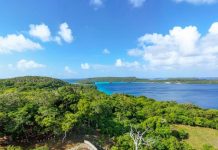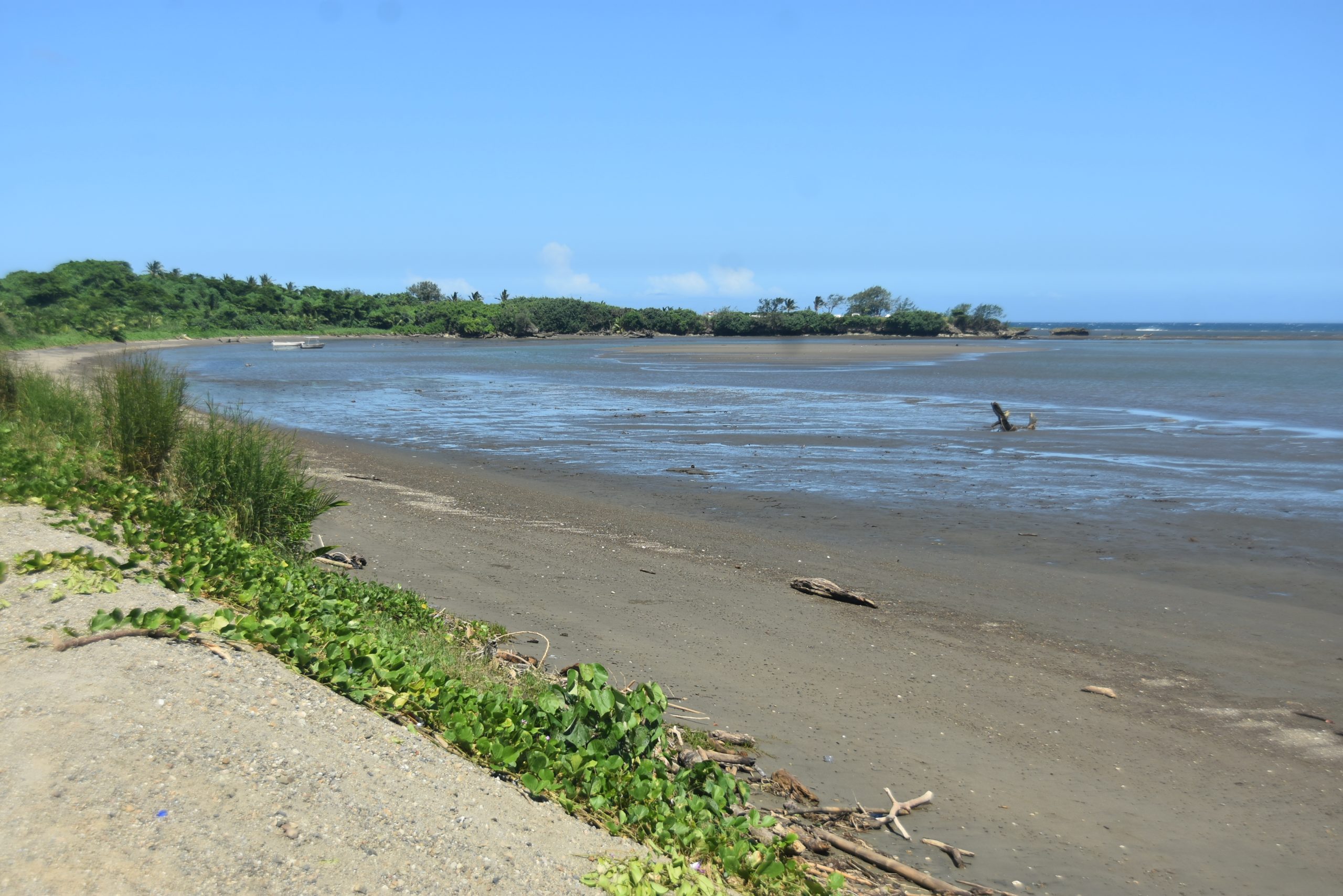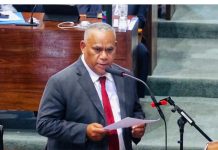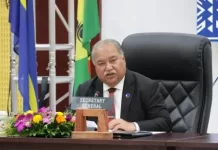By Ilaitia Turagabeci
As dredging works moved downstream in the Sigatoka River, Kulukukulu Village headman Christopher Herbert Work watched as the machines heading towards them dug up the river and spewed out sand and gravel to the riverbanks.
The gravel flung ashore destroyed coconut trees, gardens and mangrove vegetation, upon which they and their marine species had fed off for generations.
Work said they had lost more than they would ever gain from the exercise.
His namesake and great-grandfather had sailed from the United States to Fiji in the 1800s to help establish the settlement on the main island, Viti Levu.
According to the family’s oral history, he picked up crabs along the way at Malolo Island and brought them to Kulukulu where he bred them for his family in mangroves near the rivermouth.

Housewife Mira Work said the foresight and vision of that seafarer had helped generations of families at Kulukulu – a settlement of part-Europeans with links to nearby villages – to survive as development crept downstream.
“We lived off this once-pristine environment,” she said.
“I raised my children and grandchildren from what this environment produced. We had in abundance crabs, fish and vegetables that we farmed here.”
Mira is the mother of former Nadroga district footballers Jack, William and Charles, who is also a former national soccer captain.
“Today, most of the land is barren.”
“The gravel and sand extraction has buried land that once served as farms.”
Work said the dredging works came suddenly.
“The idea was ill conceived. There wasn’t much discussion about it.”
She said landowners who had agreed to it would live to regret the decision.
“This has been our life. Our children, our grandchildren once had bountiful.
“Now our future generations won’t enjoy the same blessings.
The most significant change brought on by the dredging is the disappearance of marine species in the river.
Kulukulu fisherman Isoa Chong-sue said they had been forced to venture out to sea, now that the bigger fish did not enter the rivermouth.
“One day I caught a kawakawa (rock cod) and it came up with mud deep in its scales,” Chong-sue said.
“That shows that dredging exercise left some big holes in the riverbed. I calculated one to be 30 feet.
“The changed landscape down there has confused the marine life and deterred most species away.”
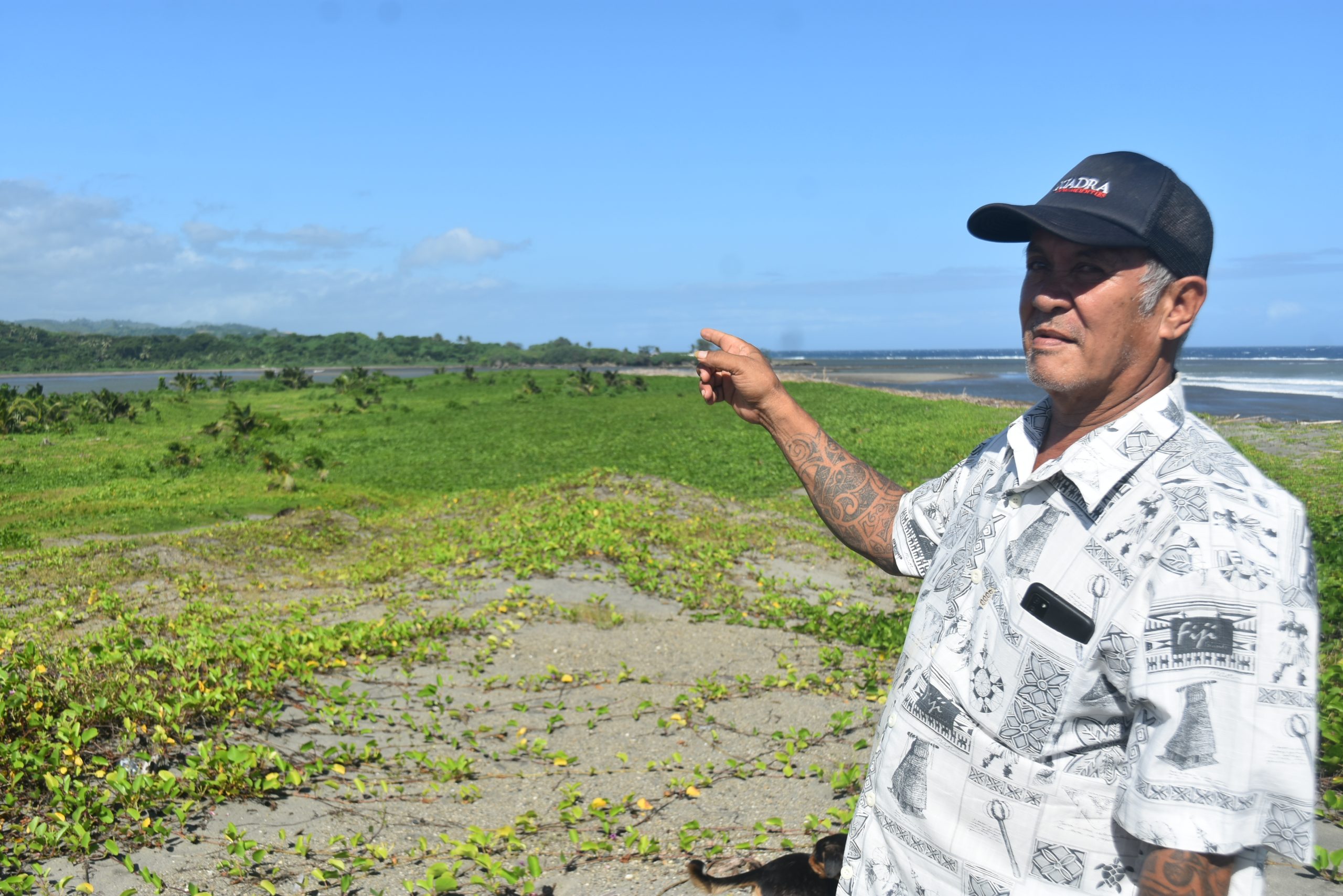
Gone too is the seasonal delicacy cigana (white bait), that arrives every Easter.
Schools of white bait in the millions would travel upstream, providing food for villages near the rivermouth and up the Sigatoka Valley, as far as the cigana could travel.
Now the river is too shallow to accommodate them.
The herald for the Tui Nadruku, whose domain stretches for parts of land from the river mouth to the banks opposite Sigatoka Town, past his Laselase Village, said riverbank dwellers had been robbed of their feeding grounds.
“When the cigana used to arrive upstream, the whole river would turn a shade of red,” said Alipate Nainoca.
“Now we have accepted that the cigana is gone. So too the kakaka, the dole and saqa (sanker), which used to be in abundance here.”
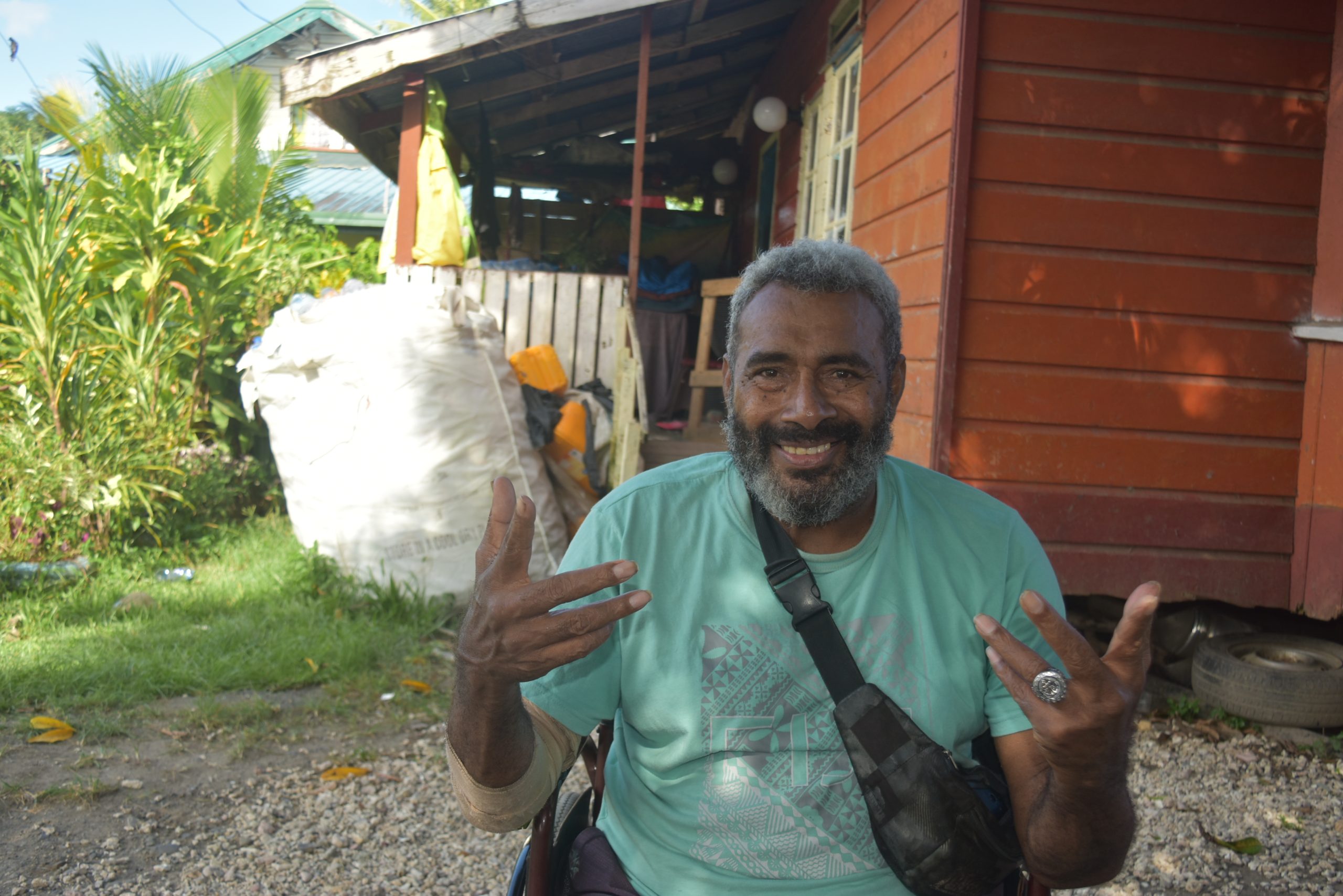
Nainoca said bull sharks that used to swim upstream to give birth had also disappeared.
‘Fish from the hills and fish from the sea meet where saltwater meets freshwater. This is where they hatch their eggs.”
“We used to fish big kavu (a grouper species) lying next to the Sigatoka Bridge.
“We could spot them from the bridge. Now, they’re nowhere to be seen.”
Nainoca said that before the dredging project started, a team from a university visited the Tui Nadruku.
“They asked us ‘what’s so important about that rivermouth?’
“I told them that all our history is there at the rivermouth. Our identity, our history. Sites that tell us who we are.”
“That’s where Christianity arrived.”
The headman of Nayawa Village, Kaliova Vuki, a church youth leader, said he was one of eight Nayawa villagers who worked for the dredging company.
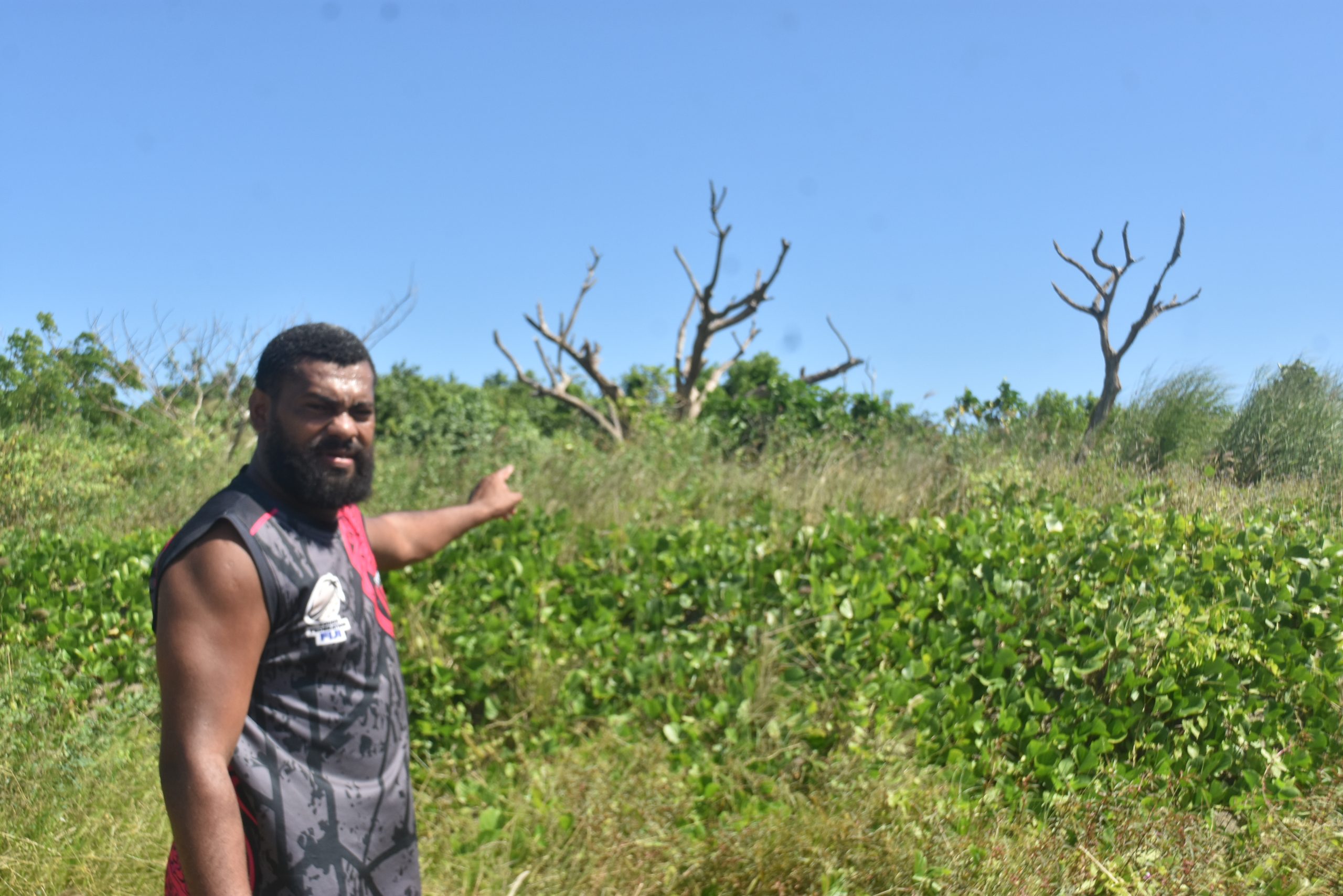
Vuki said sand filled the river faster than they could dredge it.
“For every 10 metres that we dredged, when we turned, it was filled again in no time,” he said.
“Our previous chief who had approved of dredging on our side of the river passed on, but not before witnessing the destruction their decision had allowed.”
“All our vegetation on the Muaisara Point side was buried by mountains of gravel.”
Environmental activist Lanieta Burasia, a former staff nurse at the Koromumu Hospital near her village of Vunavutu, said just as they had opposed the dredging, they would oppose any mining plan.
“We, the people of tikina (district) o Nasigatoka (vanua o Jubaniwai), are petitioning peacefully and earnestly for the complete and permanent removal of Dome Gold Mines, from our village and ancestral lands.
“Since 2007 this company has not clearly indicated to landowners of its real intensions behind utilising the dredging of our Sigatoka River mouth,’’ said Burasia, who also heads the district’s Christian women’s organisation.
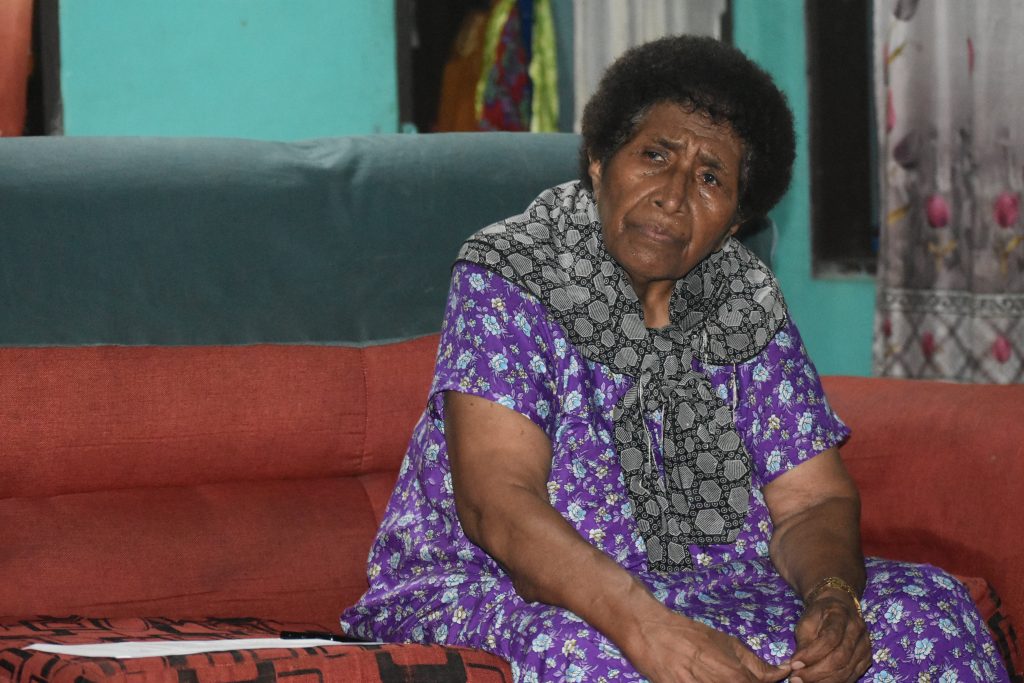
She said from public letters published by the company’s board directors, “it now appears that there’s a more pressing purpose of the dredging activity for them”.
“And that is to gain samples of magnetite from the sand in order to determine the size and value of the mineral deposit.’”
Dr Raijeli Taga, the permanent secretary of Fiji’s Ministry of Mineral Resources, clarified that the river dredging, and mineral exploration were separate activities. She stated that the dredging was a government project for flood mitigation, while Magma Mines’ exploration for black sands iron magnetite is a separate venture.
Dr Taga emphasised that any potential mining activity is subject to Magma Mines meeting the necessary requirements, including an environmental impact assessment (EIA).
Dome Gold Mines Limited, an Australian company financially and technically supporting Magma Mines, reported on their website that the total mineral resources at Sigatoka are 189.3 million tonnes, as stated in a market release on November 5, 2020.
The Ministry of Mineral Resources will thoroughly review the EIA and consider all factors before making any decisions regarding potential mining activity.
This is part two of the three-part series of articles by the author as part of the Earth Journalism Network (EJN) grant through the Pacific Islands News Association (PINA).




